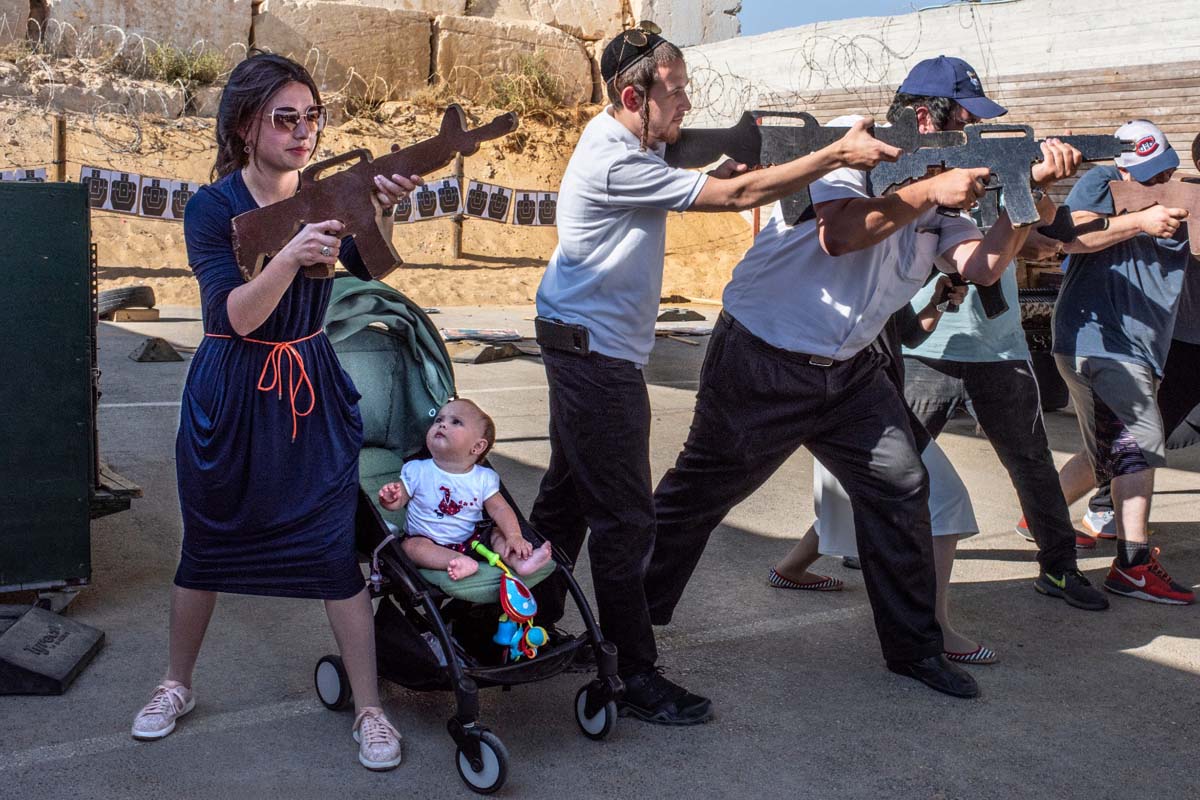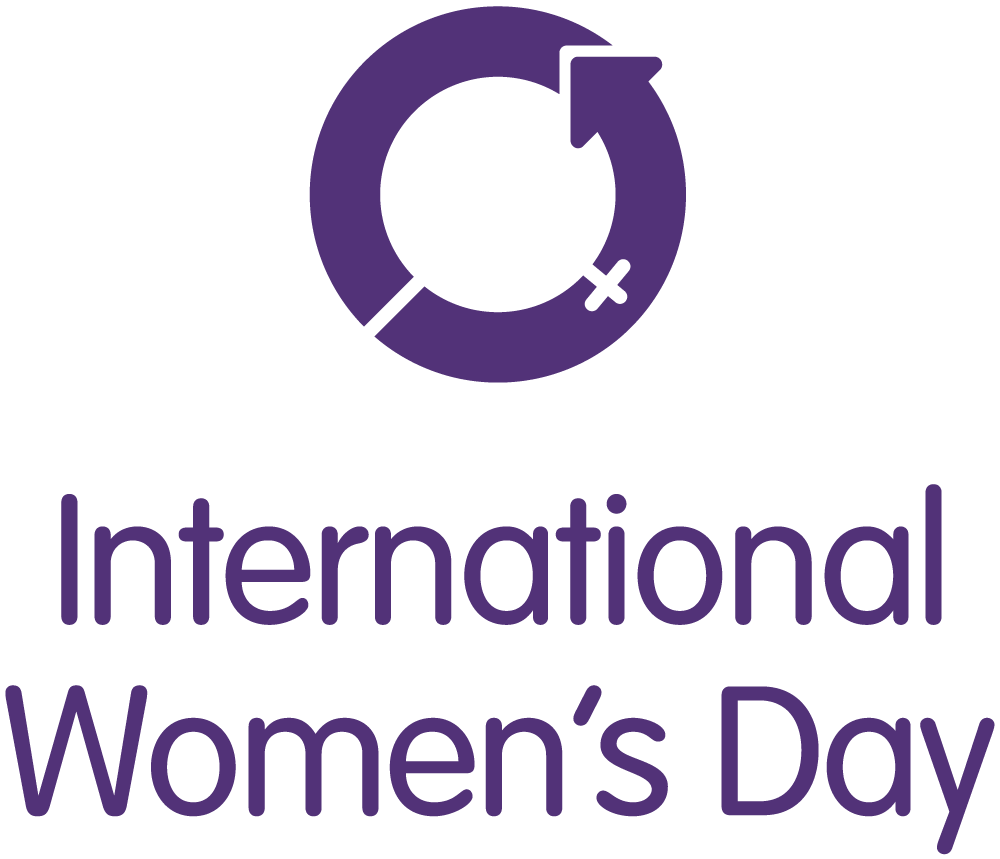How Tanya Habjouqa is Challenging our Misconceptions of Israel-Palestine.
Jordanian photographer Tanya Habjouqa utilises documentary photography as a tool to re-tell popular narratives of Israel-Palestine that are perpetuated by international politics and the Western Media. Tanya first encountered photography whilst working as a writer for the Jordan Times. This exposed Tanya to the concept of storytelling and its role within the public sphere. Tanya explained that she began to understand “the importance of documenting social issues, tackling underrepresented communities and misrepresentation in the region” whilst working at the Reuters News Agency.

“Counter-terrorism” training for sport and tourism is on rise. From Sacred Space Oddity © Tanya Habjouqa. Courtesy of the artist and NOOR
Tanya’s latest transmedia project, Sacred Space Oddity combines still and moving images with sound to challenge reductive perceptions of Israel-Palestine as the “Holy Land”. The term often refers to the three Abrahamic faiths that converge and clash within this region: Judaism, Christianity and Islam. Through the series, Tanya uses photography to both metaphorically and visually expose the loaded and reductive nature of the term. In particular, she reveals how these terms encourage people to perceive the area through a monolithic and fundamentally reductive lens. She believes that the term does not reflect the diversity of experiences in the area.
Sacred Space Oddity acts as an intervention into the relationship between physical and psychological spaces. In one of the photographs, Tanya draws on the origin story of Adam and Eve, depicting a couple naked in grass against a mountainous landscape. It is a perfect example of how Tanya combines realist and surrealist aesthetics to mediate the daily lives of people in the area. The isolated figures and stark landscapes create an element of absurdity and charm, appearing more as a fairytale than documentary photograph. However, these photographs are also ominous and, upon closer look, have clear nods towards violence. By constructing her own versions of Irsael-Palestine, Tanya is not only able to navigate the censorship regulations on journalists there but also counter the dominant representations of the area that favour Israeli occupation of the region. By drawing on origin stories, Tanya reveals how narratives and mythologies can have a tangible impact on how people view spaces and communities.
Through these photographs, we are encouraged to perceive Israel-Palestine with sensitivity and thoughtfulness. The contradictions inherent within the photographs reveal that Israel-Palestine is neither holy nor unholy, but both simultaneously. We come to understand the complexities and contradictions inherent in the area by portraying as a place of conflict, life and beauty. In doing so, Tanya challenges the belief that conflict, and beauty are fundamentally opposed and cannot co-exist. She recodes the public space, injecting it with the inherent juxtapositions of the occupying populations. Subsequently, the photographs expose the sense of estrangement that accompanies loaded terms as they attempt to define an undefinable area.
Tanya is particularly drawn to photographing women who “are constantly challenging their religious and societal environment” (Rawiya • the first female photo collective of the Middle East, Vogue Italia 2016). Tanya has made other efforts to demystify identities and narratives of the Middle East. For instance, she has founded Rawiya, translated as “she who tells a story”; the first women’s photography collective in the Middle East.
Contrary to the media and commercial journalistic practices, Tanya considers the characters in her work to be co-authors. This is extremely empowering as it encourages people to have a say in their own representation. She enables the people from Israel-Palestine to reclaim perceptions of the area and tell the story from their perspective. As Tanya herself stated, “I seek to challenge the simplifying mythologies that emerge in regions of conflict, both about ‘the other side’ and which populations tell themselves about who they are and who they seek to be”. In this regard, Tanya’s work goes beyond discussions of Israel-Palestine and encourages us to question how we see images, what images we see but more importantly what we do not see.
By Venetia Jolly
IG: @VenetiaJolly











